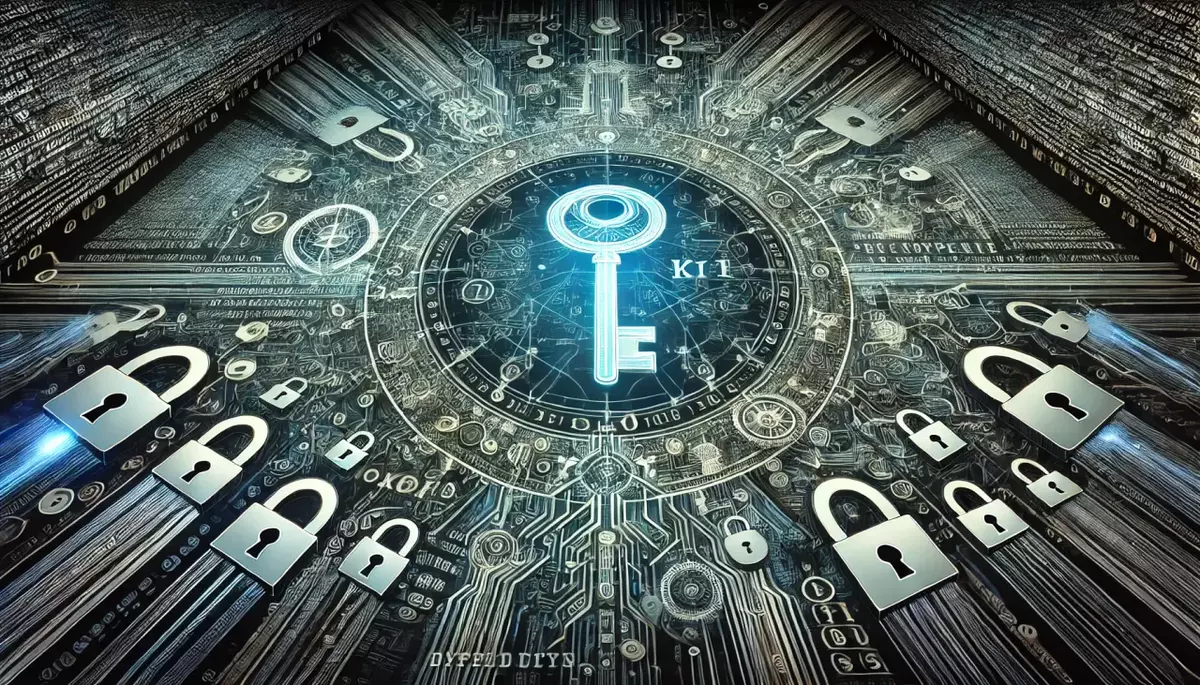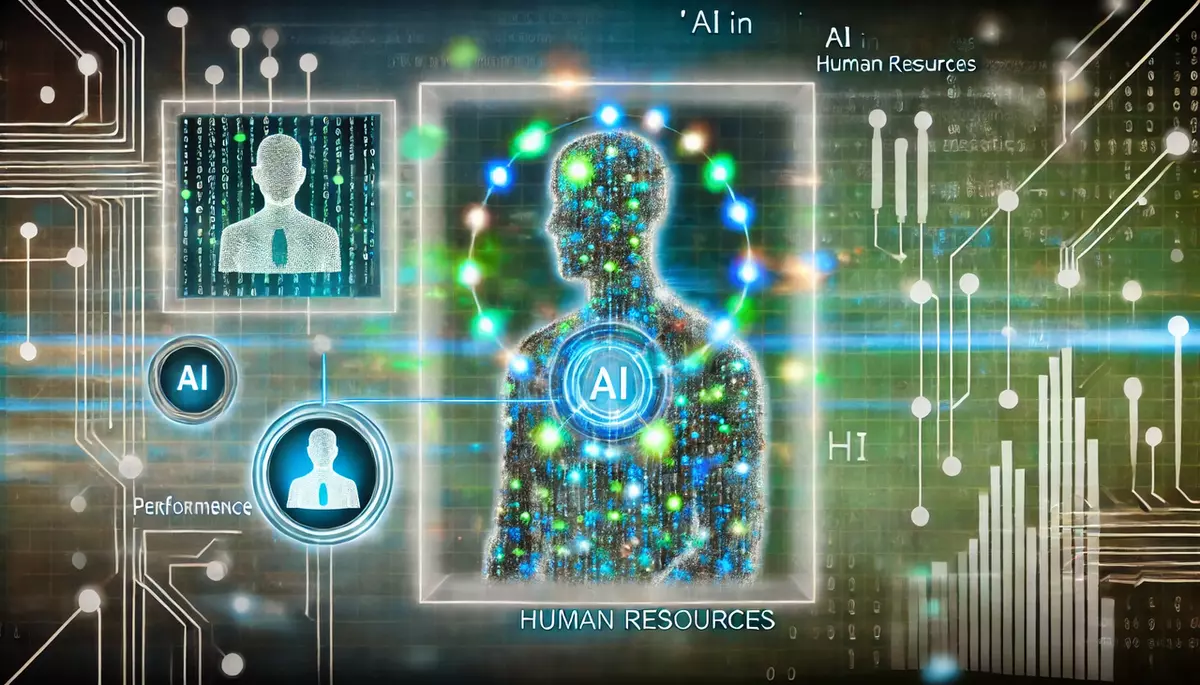Introduction
Cryptography is the practice and study of techniques for securing information and communication in the presence of adversaries. It is a fundamental component of modern cybersecurity, enabling the protection of sensitive data, secure communication, and the verification of digital identities.
What is Cryptography?
Cryptography is the science of writing and solving codes, with the goal of protecting information from unauthorized access, modification, or destruction. It involves the use of mathematical algorithms and computational techniques to transform readable data, known as plaintext, into an unreadable format, called ciphertext, and then back again.
Key Concepts in Cryptography:
- Encryption: The process of converting plaintext into ciphertext using a cryptographic algorithm and a secret key.
- Decryption: The reverse process of converting ciphertext back into plaintext using the same secret key.
- Cryptographic Algorithms: The mathematical functions used to perform encryption and decryption, such as symmetric-key algorithms (e.g., AES) and asymmetric-key algorithms (e.g., RSA).
- Key Management: The secure generation, distribution, and storage of cryptographic keys, which are essential for the proper functioning of cryptographic systems.
History of Cryptography
Cryptography has a long and rich history, dating back to ancient civilizations. Early cryptographic techniques involved the use of substitution ciphers, where letters or symbols were replaced with other letters or symbols. Over time, the field of cryptography has evolved, with the development of more sophisticated algorithms and the increasing use of computational power.
Milestones in Cryptographic History:
- Ancient Cryptography: Examples include the Caesar cipher and the Atbash cipher used in ancient Greece and the Middle East.
- World War II: The development of the Enigma machine by the Germans and its subsequent cracking by the Allies, which played a crucial role in the war.
- Modern Cryptography: The advent of digital computers and the development of public-key cryptography, such as the RSA algorithm, in the 1970s.
- Quantum Cryptography: The emergence of quantum computing and the potential impact on the security of current cryptographic systems.
Types of Cryptographic Algorithms
Cryptographic algorithms can be broadly classified into two main categories: symmetric-key algorithms and asymmetric-key algorithms.
Symmetric-Key Algorithms:
- Block Ciphers: Encrypt fixed-size blocks of plaintext, such as AES (Advanced Encryption Standard).
- Stream Ciphers: Encrypt data in a continuous stream, such as ChaCha20.
Asymmetric-Key Algorithms:
- Public-Key Cryptography: Uses a pair of keys, a public key and a private key, for encryption and decryption, such as RSA and Elliptic Curve Cryptography (ECC).
Applications of Cryptography
Cryptography is essential for a wide range of applications, including:
Data Security:
- Confidentiality: Protecting sensitive information from unauthorized access.
- Integrity: Ensuring that data has not been tampered with or altered.
- Authentication: Verifying the identity of the sender or receiver of information.
Secure Communication:
- Email Encryption: Protecting email messages from eavesdropping.
- Secure Messaging: Enabling private and secure communication between individuals or devices.
- Virtual Private Networks (VPNs): Establishing secure connections over public networks.
Digital Signatures:
- Document Signing: Verifying the authenticity and integrity of digital documents.
- Code Signing: Ensuring the trustworthiness of software and firmware updates.
Blockchain and Cryptocurrency:
- Blockchain Security: Cryptographic techniques, such as hash functions and digital signatures, are essential for the security and integrity of blockchain networks.
- Cryptocurrency Wallets: Cryptographic keys are used to secure and manage digital assets in cryptocurrency wallets.
Challenges and Advancements in Cryptography
Cryptography faces ongoing challenges, including the need to adapt to new threats and technological advancements:
Challenges:
- Computational Power: The increasing power of computers and the potential impact of quantum computing on the security of current cryptographic systems.
- Key Management: The secure generation, distribution, and storage of cryptographic keys, which is essential for the proper functioning of cryptographic systems.
- Side-Channel Attacks: Attacks that exploit physical information leakage, such as power consumption or timing information, to compromise cryptographic systems.
Advancements:
- Post-Quantum Cryptography: The development of cryptographic algorithms that are resistant to attacks by quantum computers.
- Homomorphic Encryption: Techniques that allow computations to be performed on encrypted data without the need for decryption.
- Quantum Cryptography: The use of quantum mechanical principles to achieve unbreakable encryption and secure communication.
Conclusion
Cryptography is a fundamental component of modern cybersecurity, enabling the protection of sensitive data, secure communication, and the verification of digital identities. As technology continues to evolve, the field of cryptography must adapt to new challenges and threats, driving the development of more advanced cryptographic techniques and algorithms. Understanding the principles and applications of cryptography is crucial for ensuring the security and privacy of information in the digital age.
This knowledge base article is provided by Fabled Sky Research, a company dedicated to exploring and disseminating information on cutting-edge technologies. For more information, please visit our website at https://fabledsky.com/.
References
- Katz, Jonathan, and Lindell, Yehuda. Introduction to Modern Cryptography. CRC Press, 2014.
- Menezes, Alfred J., van Oorschot, Paul C., and Vanstone, Scott A. Handbook of Applied Cryptography. CRC Press, 1996.
- Stallings, William. Cryptography and Network Security: Principles and Practice. Pearson, 2017.
- Paar, Christof, and Pelzl, Jan. Understanding Cryptography: A Textbook for Students and Practitioners. Springer, 2010.
- Boneh, Dan, and Shoup, Victor. A Graduate Course in Applied Cryptography. Cambridge University Press, 2020.


























